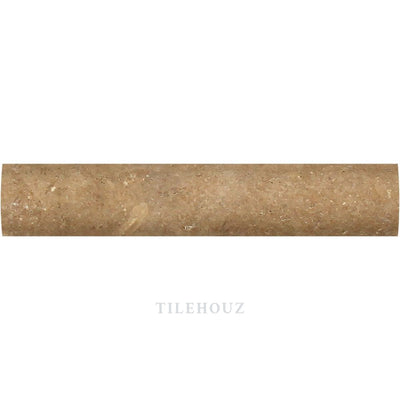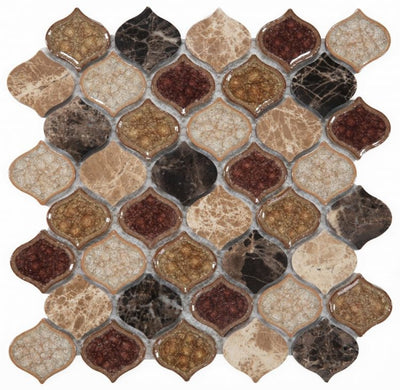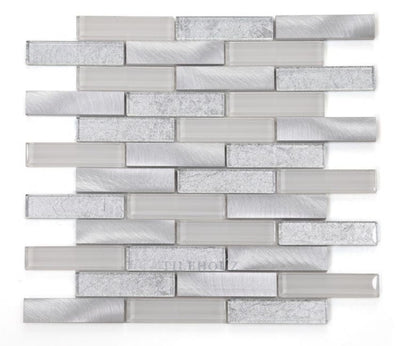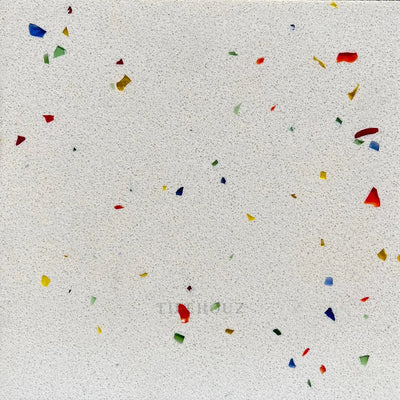How Do I Properly Maintain Limestone Tiles?
Maintaining limestone tiles is essential for preserving their beauty and extending their lifespan. This guide offers practical tips and strategies for proper care.
Understanding Limestone Tiles
Explore the characteristics of limestone tiles and why they require special care. Limestone, a natural sedimentary rock, requires careful handling due to its porous nature. This section will delve into these unique features, highlighting why limestone tiles are a popular choice for their natural beauty but emphasize their vulnerability to acids and abrasion.
Being softer than marble and granite, limestone tiles offer an elegant aesthetic but demand a structured maintenance routine. They are particularly susceptible to damage from acidic substances, making them challenging yet rewarding to maintain. The nuances of limestone’s composition and finish options, such as polished, honed, or brushed, affect their care requirements.
Daily and Weekly Maintenance Tips
Learn about daily cleaning routines and weekly maintenance practices to keep your tiles in top condition. A gentle touch goes a long way; daily sweeping or dusting prevents abrasive particles from dulling the limestone’s surface. Weekly damp mopping with water or a pH-neutral cleaner can preserve the shine and prevent build-up.
For those seeking to maintain the lustre of their limestone tiles, consider incorporating a gentle stone soap occasionally. Ensure the mop is well wrung to avoid excess moisture, which can penetrate and damage the stone. Avoid vinegar or citrus-based cleaners as these can etch the surface.
Choosing the Right Cleaning Products
Discover which cleaning agents are safe for limestone tiles and which ones to avoid. The rule of thumb is to opt for pH-neutral cleaners specifically designed for natural stone. Harsh chemicals, including bleach and ammonia, should be avoided as they can etch and dull the surface.
When in doubt, water is often the safest and most effective cleaning agent. For tougher stains or grime, a solution of mild dish soap and water can be gently applied, followed by a thorough rinsing and drying to prevent water spots and buildup.
Dealing with Spills and Stains
Get expert advice on how to promptly and effectively handle spills to prevent staining. Immediate action is crucial with spillages on limestone to prevent absorption and potential staining. Blotting rather than wiping spills can minimize spreading. For oil-based spills, a poultice may be necessary to draw out the stain.
Understanding the type of stain on your limestone tiles is the first step in effectively treating it. Organic, oil-based, ink, or metal stains each require a specific approach to removal, often involving specialized cleaners or poultices designed not to damage the stone.
Sealing Limestone Tiles
Understand the importance of sealing limestone tiles and how it protects them from damage. Sealing is not a one-time event but a crucial part of regular maintenance to protect against staining and etching. A high-quality impregnating sealer designed for limestone can provide invisible protection without altering the natural appearance.
Reapplication of sealer should be considered every one to two years, depending on traffic and wear. Before resealing, it’s essential to thoroughly clean the tiles to ensure effective sealant absorption. Always perform a water drop test to determine if your limestone tiles require resealing.
Professional Maintenance and Repair
Learn when to call in the professionals for deep cleaning or repair services to maintain the integrity of your limestone tiles. While regular home maintenance is essential, certain situations like deep set stains, etching, or extensive wear may require professional intervention.
Professional stone restorers have the tools and expertise to safely rectify problems without causing further damage to the limestone. Techniques such as diamond honing or polishing can restore the surface to its original condition, enhancing the stone’s natural beauty and extending its life.
Preventive Measures and Best Practices
Discover how to avoid common pitfalls and implement best practices for long-term care of limestone tiles. Regularly rearranging rugs and furniture can prevent uneven wear and sun exposure, while door mats at entrances can reduce the amount of abrasive particles brought onto the tile.
Incorporating protectors under furniture legs and avoiding the use of vacuums with a beater bar are practical steps to avoid scratching the tiles. A commitment to immediate spill cleanup and keeping a regular maintenance routine will ensure your limestone tiles remain vibrant and beautiful for years to come.
Conclusion: Ensuring Longevity for Your Limestone Tiles
Properly maintaining limestone tiles ensures they remain a durable and attractive feature in your home or office. Consistent care, tailored cleaning methods, and preventive measures are key to preserving their natural elegance for years to come.


























